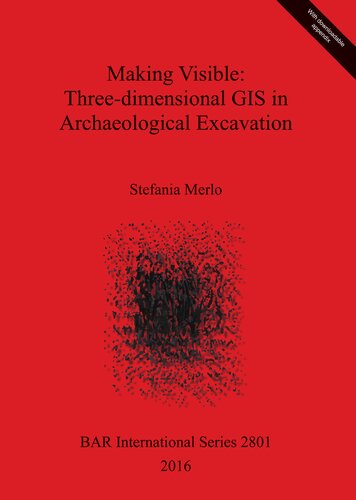

Most ebook files are in PDF format, so you can easily read them using various software such as Foxit Reader or directly on the Google Chrome browser.
Some ebook files are released by publishers in other formats such as .awz, .mobi, .epub, .fb2, etc. You may need to install specific software to read these formats on mobile/PC, such as Calibre.
Please read the tutorial at this link: https://ebookbell.com/faq
We offer FREE conversion to the popular formats you request; however, this may take some time. Therefore, right after payment, please email us, and we will try to provide the service as quickly as possible.
For some exceptional file formats or broken links (if any), please refrain from opening any disputes. Instead, email us first, and we will try to assist within a maximum of 6 hours.
EbookBell Team

4.8
44 reviewsThis book discusses the theoretical aspects and practical applications of GIS for intra-site analysis in archaeology. It has been previously argued that GIS is unable to manipulate three-dimensional data and therefore to represent an archaeological excavation, since three-dimensionality is the main characteristic of the excavated record. This book explores the extent to which archaeological data and GIS structures parallel one another and, through this discussion, it challenges ideas around the ability of the traditional archaeological record to represent multidimensional spaces. The book then argues that three-dimensional data and the use of modelling techniques in a three-dimensional GIS allow for a better and more nuanced understanding of the excavated archaeological record. Practical examples are provided from two specific excavation scenarios: the Neolithic site of Kouphovouno in Greece and the Mesolithic to Early Neolithic Hoge Vaart excavation in the Netherlands. A conceptual framework for representing spatial (and temporal) excavation information is outlined, and provides a blueprint for creating a model for storing, manipulating and analysing archaeological excavation data.